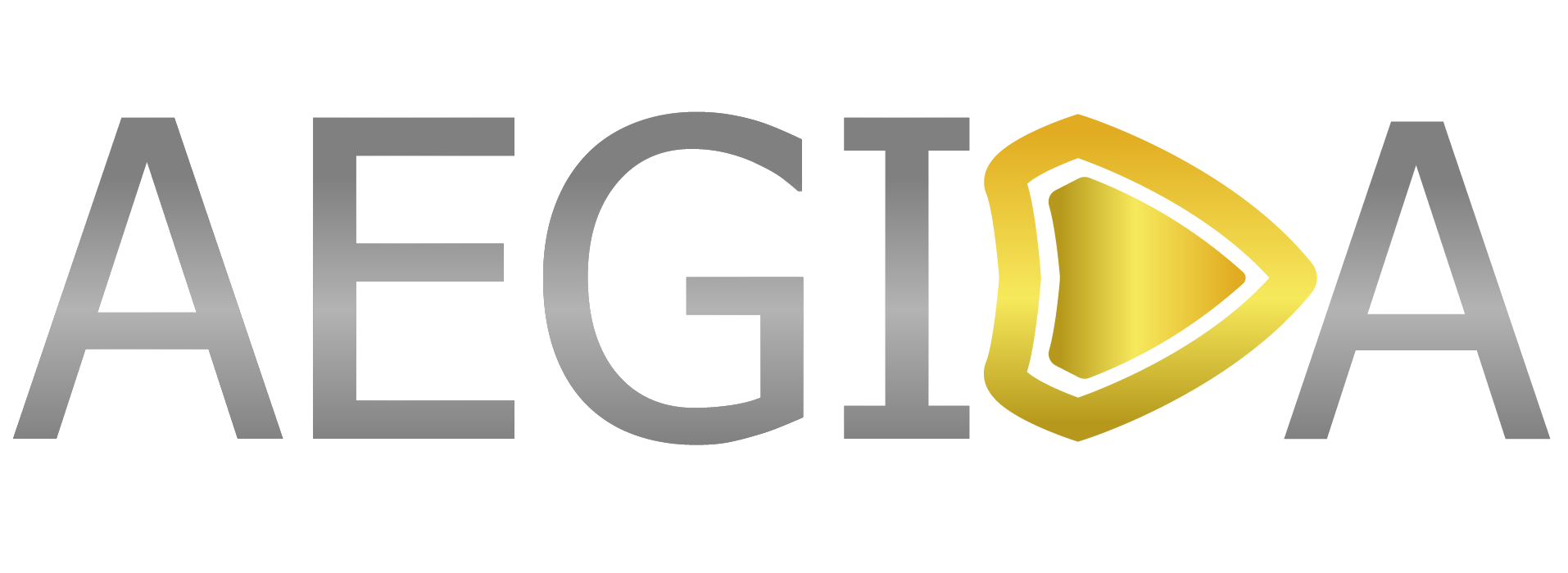
TO UNDERSTAND CONSUMER attitude toward digital life, Deloitte’s Center for Technology, Media & Telecommunications conducted a survey of 2,005 US consumers in Q1 2022. Aspects of digital life that they surveyed include devices (technology, entertainment, smart home, smartphones), connectivity (home internet and mobile), virtual experiences (work, school, and health care), wearables (fitness trackers and smart watches), and challenges of managing one’s digital life. Some interesting insights from this survey regarding health are mentioned below.
MANAGING HEALTH AND WELL-BEING
is another activity (next to work and school) that has become increasingly digital over the past couple of years. As the pandemic unfolded, consumers turned swiftly to virtual health care visits to stay safe. In the first year of the crisis, telehealth Medicare visits alone increased 63-fold (from 840,000 in 2019 to 52.7 million in 2020. US Department of Health & Human Services, “New HHS study shows 63-fold increase in medicare telehealth utilization during the pandemic,” press release, December 3, 2021.)
Consumers have also been using smartphones and wearable devices to help them take charge of their health and fitness.
Virtual health care is here to stay
Forty-nine percent of consumers said they attended at least one virtual medical appointment as a patient in the past year—with Millennials (age 26-39) leading the trend at 59%—and 26% attended at least one virtual medical appointment where someone else was the patient. 13 Top benefits of virtual visits include convenience, reduced chances of becoming ill, and ease of finding appointment slots. Consumers also cited ongoing challenges, including the lack of face-to-face connection, difficulties collecting vital signs, and technology issues, such as problems with an application or connectivity.
Satisfaction rose over the past year: 92% of consumers now say they’re very or somewhat satisfied with their virtual medical experiences—up 10 points from 2021. Notably, the portion who said they were very satisfied has risen from 39% to 48%. Boomers (age 57-75) expressed the highest satisfaction levels, with 57% saying they were very satisfied. Consumers intend to use virtual health care even after the pandemic recedes, but usage varies based on the kind of care they need. When it comes to checking chronic conditions and new symptoms, more than four in 10 said they would prefer to use virtual or hybrid options for an assessment. For emergency issues and regular checkups, however, seven in 10 would still prefer to visit their providers mostly or completely in-person.
Consumers are enlisting their smartphones to help achieve their health and fitness goals. At least one- third of smartphone users said they monitor their health or track their fitness with their phones. Three in 10 use exercise apps, and one in five use meditation or mental wellness apps. Early adopters are showing the way: Six in 10 use their devices for health and fitness monitoring, more than half use exercise apps, and two in five use meditation or mental wellness apps.
Consumers who have had virtual health care visits over the past year intend to keep using virtual or hybrid options for some future health care needs.
The following health metrics are being monitored using a smartwatch/fitness tracker on a mobile:
Pulse rate, 59%
Calories and nutrition, 42%
Heart health, 40%
Sleep quality, 39%
Breathing rate, 30%
Blood oxygen leve, 24%
Body temperature, 22%
Stress level, 21%
Considerations for the future
In 2022 consumers feel their devices and virtual experiences are having a positive effect on their lives, but they’re seeking to balance their digital and physical worlds with more intention. As they survey their “digital domains,” they’re looking for experiences that enhance their well-being and productivity while reducing complexity. 5G, tech fatigue, hacking and tracking, screen overload and hybrid activities need to be considered and accordingly evaluated.
